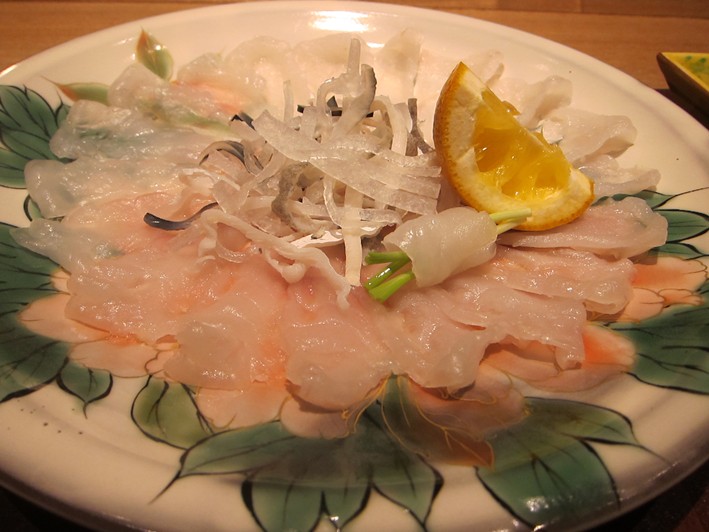
Even the slightest amount of tetrodotoxin will cause discomfort and distress.įirst, the lips and face feel tingly. This can be several days or even weeks if a person becomes comatose. Standard treatment for tetrodotoxin cases is keeping the ailing victim on mechanical ventilation while the person metabolizes the toxin and excretes it. It also depends on having medical assistance present. It greatly depends on the amount or dose of tetrodotoxin consumed. But not all pufferfish poisoning patients die. It’s a nasty way to die-lying there with eyes open and knowing the end is near. There’s no lung inhaling or exhaling and the stricken person smothers while remaining totally conscious. If enough tetrodotoxin is taken, the victim suffers total paralysis including the diaphragm’s ability to move. When sodium channels are blocked, cells remain neutral or paralyzed. It does this by molecularly bonding to cells and blocking the sodium channels which allow neurological information instructing cells to be elastic. This is why the bacterial doesn’t kill its host.īut tetrodotoxin certainly tries to kill anything trying to eat a pufferfish, particularly human beings. Evolution created a pufferfish immunity to the toxin where sodium channels are mutated. These subtle sea creatures contain a combination of alteromona, shewanella and vibrio bacteria which react with pufferfish innards to isolate tetrodotoxin. Snails are the main part of pufferfish diet. Rather, tetrodotoxin is a byproduct made by invasive bacteria that pufferfish ingest in their food. Pufferfish don’t manufacture tetrodotoxin within a body system. However, when alarmed and expanded, pufferfish turn into deadly mines.
#Sashimi fugu skin
Many sub-species have sharp, poisonous spikes on the skin surface which lay flat when uninflated. Blowing into a ball shape makes pufferfish hard to grip by predators’ teeth. Pufferfish get their common name from a defensive ability to swallow water and expand their stomachs up to four times. But the largest fugu fish reach two feet in length and weigh up to five pounds. An adult dwarf blowfish is only an inch long and too small for a meal. There are over 120 different pufferfish or tetrodontiforme sub-species. The Japanese have a high demand for this sashimi dish, but it’s popular all through the warm water world where pufferfish naturally occur. Pufferfish flesh is delicate and exceptionally tasty. They meticulously remove the toxic parts and treat the offal like nuclear waste. Only a third pass.įugu chefs are extremely cautious about processing their pufferfish. Apprentice fugu chefs train for 3 years before taking a written, oral and practical exam on the 30 prescribed steps for properly preparing pufferfish. In Japan, where fugu is so popular, chefs undergo a state-required licensing program.
#Sashimi fugu how to
It’s because specialized fugu chefs know how to safely filet this culinary delight. So why are powerfully poisonous pufferfish such a preferred palatable pleasure? That’s equivalent to 10 nanograms, which is an amount impossible to see with the naked eye. Injecting 1 microdot of pure tetrodotoxin will kill the average-sized human. In fact, tetrodotoxin is far more lethal than venom found in the common death adder and the notorious taipan snake. Tetrodotoxin is the world’s deadliest substance by volume next to anthrax and a chemical inside the tropical cone snail. It’s 1,200 times more powerful than potassium cyanide which the Nazis used in their poison pills. What makes pufferfish so toxic is tetrodotoxin.

Hundreds more become seriously ill and only bounce back through immediate medical intervention. Pufferfish death statistics are hard to nail down, but the World Health Organization and an article in National Geographic confirm at least 50 people expire every year after ingesting neurotoxins found in pufferfish livers, ovaries, testicles, intestines and skin. Most shark victims are seriously injured like having an arm or leg torn apart, yet somehow survive. Sharks kill an average of 5 people each year worldwide, although statistics show at least 80 violent human to shark encounters happen annually. And they do it a lot slower and far more viciously. Also called blowfish and sunfish, these sashimi delicacies known as fugu kill 10 times more people per year than sharks. They’re dangerous, all right, but the deep’s deadliest distinction goes to the cute little pufferfish you remember from Disney’s Little Mermaid. Most folks think great white, tiger and mako sharks are the world’s most deadly fish.


 0 kommentar(er)
0 kommentar(er)
